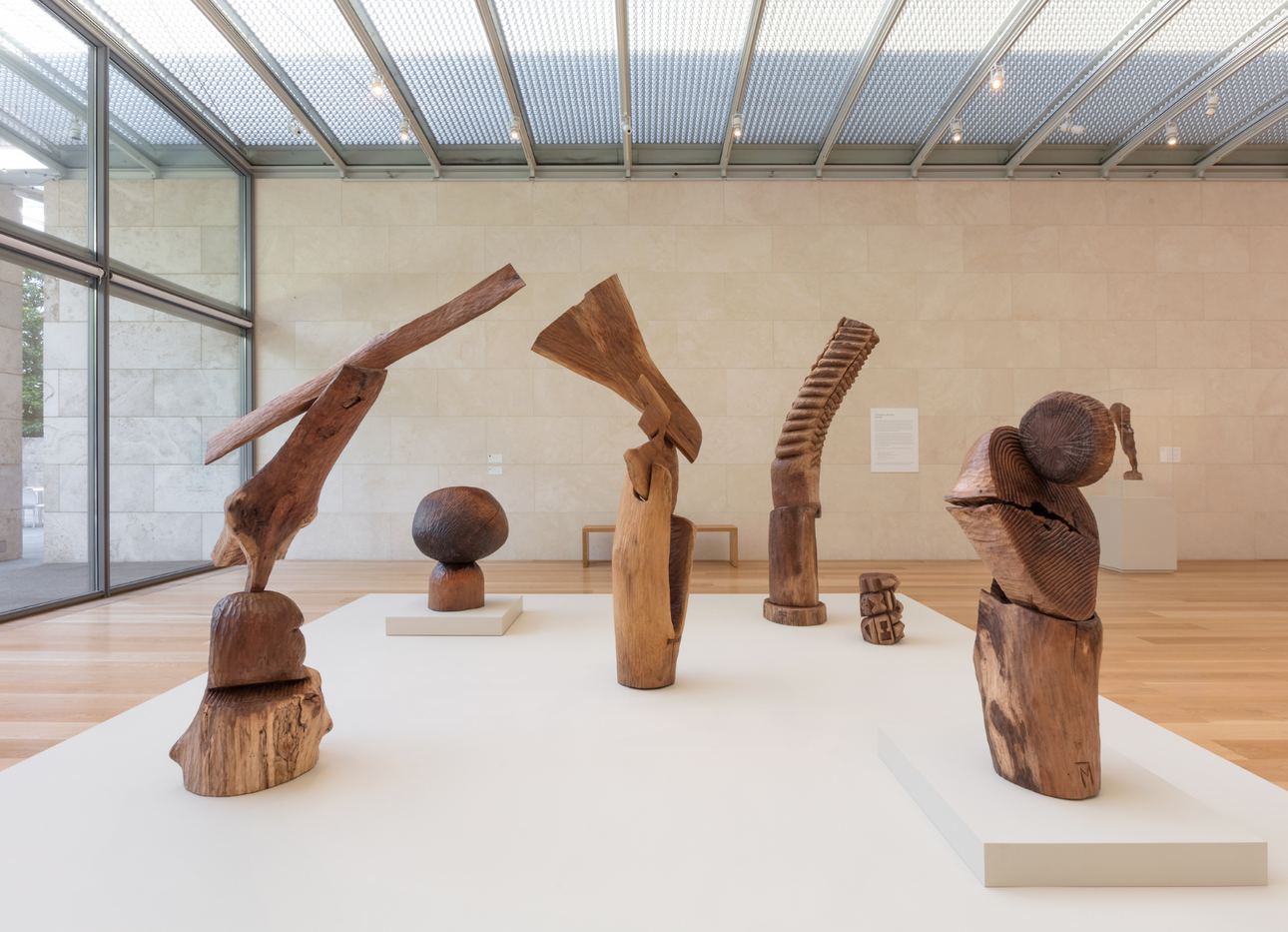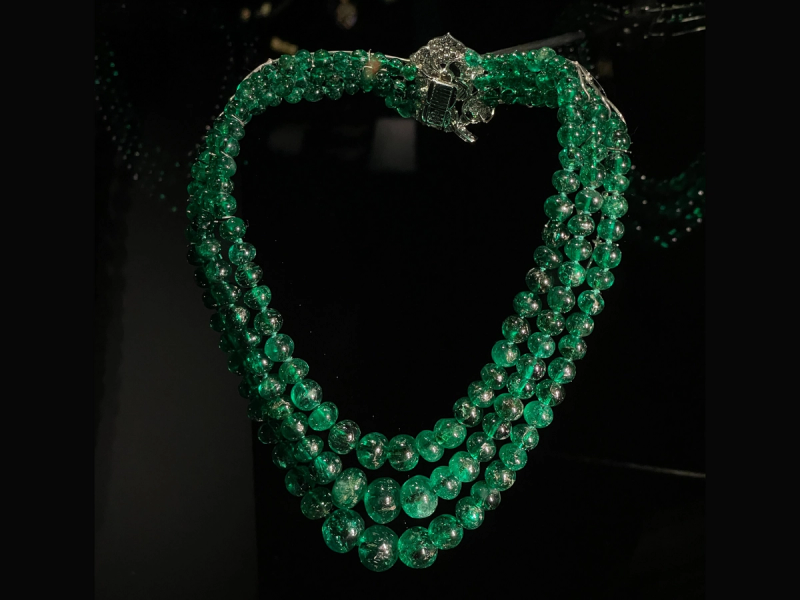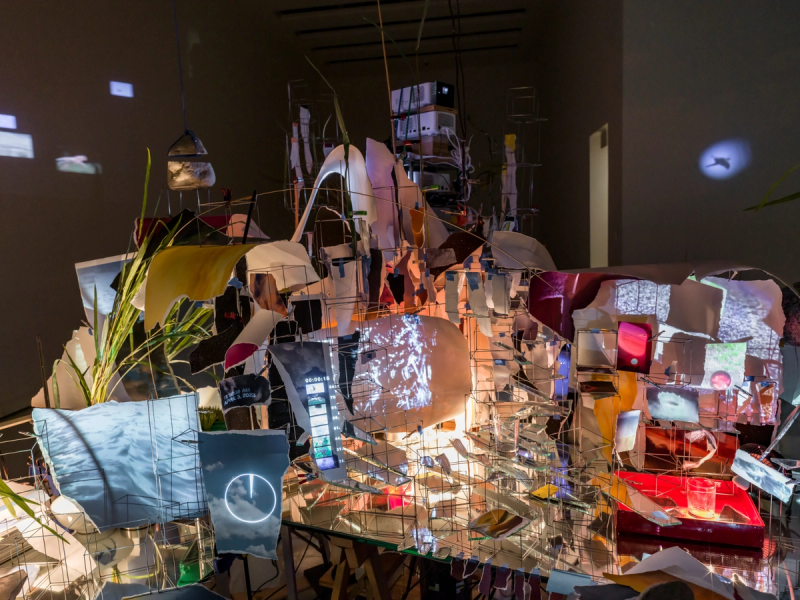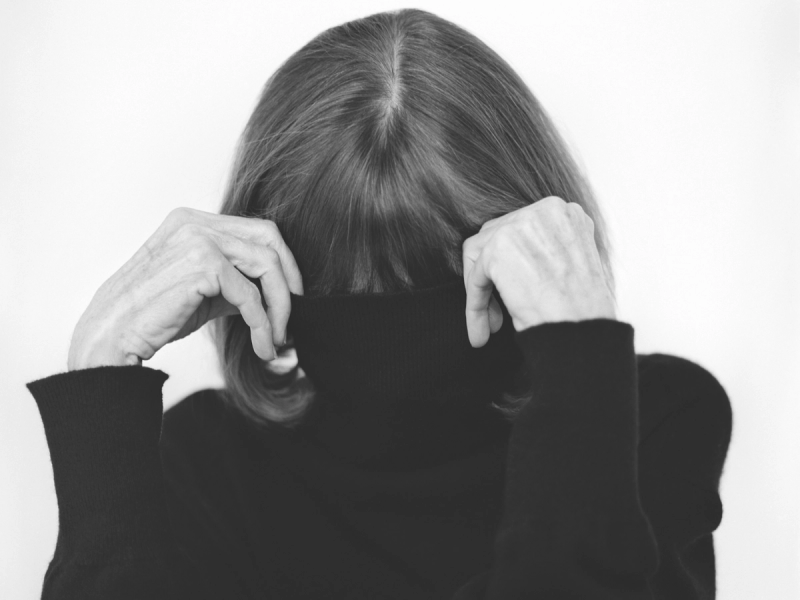
5 Exhibitions You Must See This Summer
As we head into the summer, we scouted the globe—from London to Dallas to Miami to New York—to select what we feel are the must-see museum exhibitions this season. Sure, the beach is great (I’ll be along the Mediterranean coast in Forte dei Marmi, Italy, in a few weeks), but summer is also, as with any season, an essential time for taking in some art (or, in the case of one of our selections, dozens of incredibly rare stones). In Dallas, we recommend stopping by the Nasher Sculpture Center to view Thaddeus Mosley’s alchemical wood sculptures, arranged like a jazz quintet grooving on a stage. At the Tate Britain in London, I recently saw Isaac Julian’s astounding, profound “What Freedom Is to Me” retrospective and can’t recommend it enough. In New York, I just visited the American Museum of Natural History, home to a new Jeanne Gang–designed addition, where a small-but-potent, green-themed exhibition of jewelry from the collection of Van Cleef & Arpels is on view. Next, I plan to head to Sarah Sze’s whirlwind of a show at the Guggenheim. Also on the docket (for the fall, if not the summer, or maybe during Art Basel Miami Beach in December): “Joan Didion: What She Means” at the Pérez Art Museum Miami.
“Thaddeus Mosley: Forest”
Nasher Sculpture Center, Dallas (Through August 20)
At age 97, the Pittsburgh-based, self-trained artist Thaddeus Mosley is, at long last, getting his due. The 2022 Noguchi Award recipient—who presented an exquisitely arranged exhibition of his wood sculptures at New York’s Karma gallery earlier this year—currently has a solo presentation of five large pieces in the atrium of the Nasher. Each sculpture evokes Mosley’s woodworking mastery and ability to create alchemic effects out of wood, a level of skill similar to that of Isamu Noguchi’s with stone and metal. (Perhaps not so coincidentally, Noguchi’s 1945 bronze work “Gregory (Effigy),” cast in 1969 and part of the Nasher’s permanent collection, is installed adjacent to “Forest.”) A sense of improvisatory movement cascades across these works, as if they’re a jazz quintet on stage mid-performance, each in tune and deep syncopation with the other. Though it’s a rather spare show, as with a forest, to reference the exhibition’s title (pulled from a Sam Gilliam description of Mosley: “Thad is the forest”), there’s a density of spirit and intensity to these works that is sure to leave viewers in awe of their quiet power.

“Isaac Julien: What Freedom Is to Me”
Tate Britain (Through August 20)
The work of the British artist and filmmaker Isaac Julien has been popping up all over the place this past year: at the Academy Museum of Motion Pictures in Los Angeles, which screened Baltimore (2003) last year; at the Sharjah Biennial this spring; at the Philadelphia Museum of Art, which recently presented Lina Bo Bardi—A Marvelous Entanglement (2019); and at the Wadsworth Atheneum Museum of Art in Hartford, Connecticut, which is currently showing his 10-screen installation Lessons of the Hour (2019) through September 24, in an exhibition curated by Henry Louis Gates Jr. and Sarah Elizabeth Lewis. Julien’s preeminent presentation, though, is unquestionably “What Freedom Is to Me,” an engrossing, groundbreaking retrospective at London’s Tate Britain. Julien’s first major U.K. exhibition, it is—as with the case of Mosley’s at the Nasher—way past overdue. Plan to stay for at least two hours, or as many as four, to revel in these seven films, including Ten Thousand Waves (2010) and Once Again… (Statues Never Die) (2022), which run for a total of three hours and 40 minutes. Don’t be surprised if you lose your sense of space and time while watching the artist’s lush, gorgeous, often heartbreaking multiscreen installations within this immersive hive of screening rooms designed in collaboration with the architect David Adjaye.

“Garden of Green”
American Museum of Natural History, New York (Through January 2024)
On the surface, the American Museum of Natural History may seem an odd, or even forced, location to host an exhibition of French high jewelry. But with “Garden of Green: Exquisite Jewelry from the Collection of Van Cleef & Arpels,” it’s easy to almost forget you’re looking at necklaces, brooches, and watches. That’s because these highly refined objects also feature some of the most incredible examples of green gemstones on earth. Nestled into a cozy corner room within the Allison and Roberto Mignone Halls of Gems and Minerals, this exhibition does not call out for attention. Instead, it seamlessly—or, true to form, naturally—blends into its environs. Among the most remarkable pieces on view in this tightly curated presentation are the 632-carat Patricia Emerald, one of the largest gem-quality emeralds in the world, and a necklace, once owned by the philanthropist Doris Duke, that features 181 emerald beads totaling a staggering 791 carats. An added bonus: The museum’s spectacular new Jeanne Gang–designed Richard Gilder Center for Science, Education, and Innovation, which features a canyonlike five-story atrium, is around the corner.

“Sarah Sze: Timelapse”
Guggenheim Museum, New York (Through September 10)
With “Timelapse,” her latest and most ambitious and gutsy exhibition yet, the artist Sarah Sze has made her mark all over the Guggenheim’s landmark Frank Lloyd Wright building, turning the spiraling structure into a sort of clock or timekeeping device. On its curved exterior, she’s projecting a live feed of the moon; inside the museum, a pendulum swings—tocks, even—from the rooftop oculus above to the ground-floor lobby fountain. Throughout, Sze pokes and prods museum-goers to more deeply consider, as she has put it, “how we mark time and how time marks us.” A poetic mix of sculptures, paintings, sound works, and intricate assemblages (made of everyday items such as ripped-up photographs, cardboard boxes, screws, and toothpicks), greet visitors as they wend their way up the museum’s ramp. The exhibition accumulates into a cohesive if confounding whole, as if being inside a mad and brilliant scientist’s—or, for that matter, timekeeper’s—lair.

“Joan Didion: What She Means”
Pérez Art Museum Miami (July 13, 2023, to January 7, 2024)
Following its debut at the Hammer Museum in Los Angeles, “Joan Didion: What She Means” is—appropriately—coming to the Pérez Art Museum Miami: Both cities were vital in the life and work of Didion, who in 1998 wrote a book about the latter, and who was, throughout her days, a Californian at heart, with a large portion of her writing about particular understories of the Golden State. Curated by New Yorker staff writer Hilton Als and organized into four “chapters”—“Holy Water: Sacramento, Berkeley (1934–1956),” “Goodbye to All That: New York (1956–1963),” “The White Album: California, Hawai‘i (1964–1988),” and “Sentimental Journeys: New York, Miami, San Salvador (1988–2021)”—the exhibition is designed as a circuitous journey through the many places Didion lived in or spent significant time. A sort of time capsule of what could be called the “Didion era,” the presentation features more than 200 works, both archival and contemporary, from artists including Vija Celmins, Amanda Williams, and Noah Purifoy, that meditate on Didion’s pioneering life and legacy with deep meaning and a certain shared feeling.